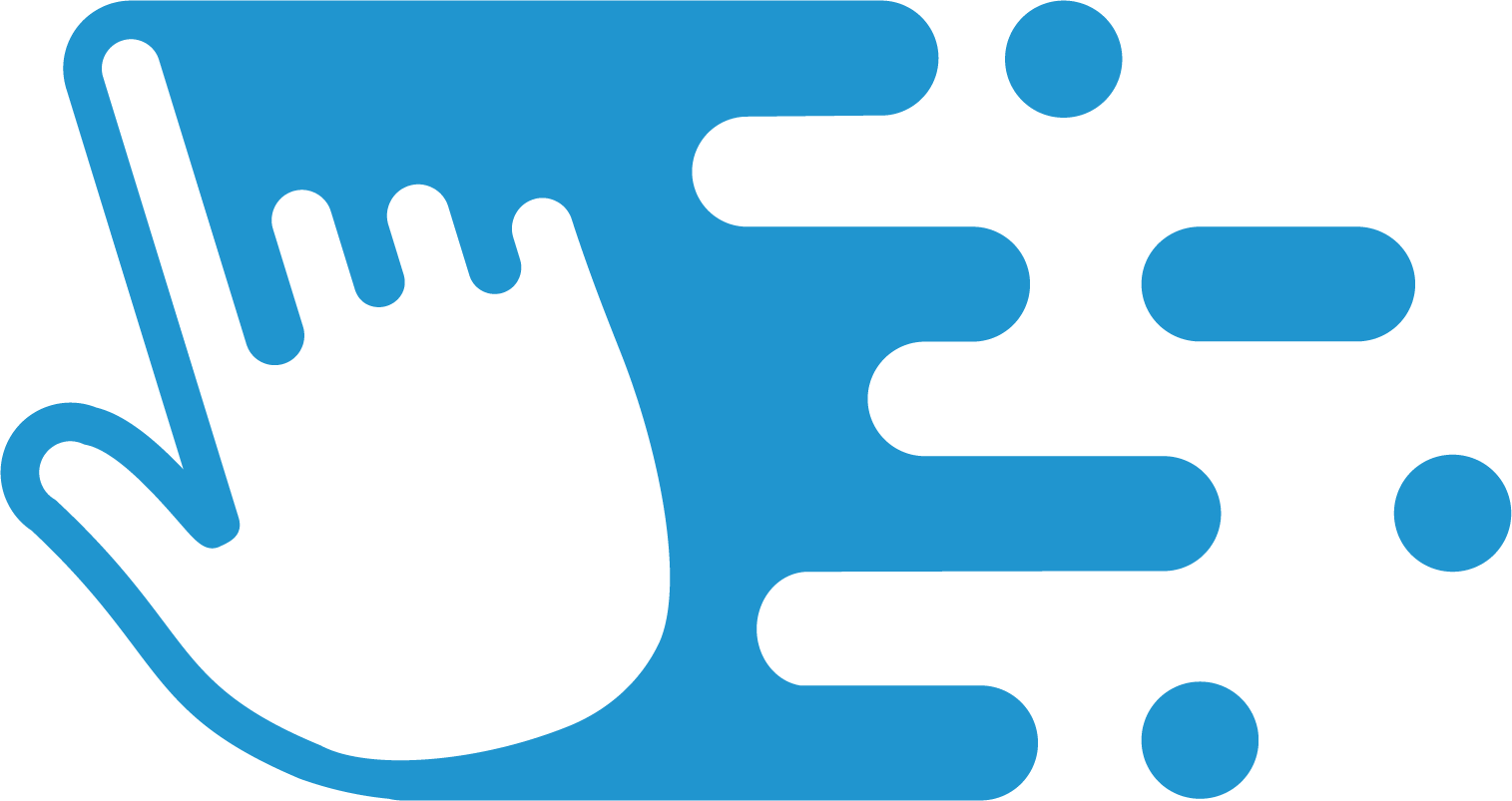The success of an eLearning project, or any training project, depends on multiple people coming together to work towards a common goal. While your project plan and design document can help you align expectations with your stakeholders and subject matter experts on the deliverables of the project, it’s your eLearning development timeline that will help ensure everyone contributes to the successful delivery of those deliverables.
In my experience, I believe any project, eLearning or otherwise, should have a timeline associated with it. This is especially important when your stakeholders and subject matter experts have responsibilities or contributions to the project itself.
So, in this post, I’ll share how to create an eLearning development timeline.
What is an eLearning Development Timeline?
As I explain in my book, The eLearning Designer’s Handbook, an eLearning development timeline outlines the responsibilities and due dates for each task required to complete the project. And when you have multiple people contributing to the execution of the project, it’s crucial everyone understand what they need to do and when they need to do it.
An eLearning development timeline outlines the responsibilities and due dates for each task required to complete the project.
Additionally, in my experience, it’s easy for your stakeholders and subject matter experts to underestimate how much time it takes to develop an eLearning course and how much they need to be involved with review cycles, etc. And so, creating a detailed timeline can help you…
- Define when the project will come to an end and when the eLearning course is ready for implementation. This is helpful when scoping the total project.
- Establish accountability with your stakeholders regarding what they are responsible for delivering and when they are responsible for delivering it. This is helpful when managing review cycles and making sure you get on-time feedback.
- Provide a holistic sense of the project scope, letting contributors see all of the tasks needed to deliver the requested eLearning course. This is helpful when managing scope creep.
And while there are a lot of different eLearning project management tools you can use to create your eLearning development timelines, you can easily get started by creating a simple timeline with Microsoft Excel or something similar.

Define Each Task During the Project

Start creating your eLearning development timeline by defining and listing every simple task, milestone, and deliverable for the project. While this might seem tedious, the goal is to get as granular as possible.
This includes the time spent planning the project, drafting a storyboard, developing the course, reviewing the course, and implementing the course.
List Who is Responsible for Each Task

After you’ve defined each task in the project, the next step for creating your eLearning development timeline is listing who is responsible for completing each task.
This is important as to ensure everyone involved knows precisely what they need to do. For example, if you plan on having two review cycles for your storyboard, it means there should be two separate tasks, with your reviews listed for each review cycle, etc.
Assign Due Dates for Each Task

After you’ve defined all of the tasks and listed the responsibilities, the final step for creating your eLearning development timeline is to assign a due date for each task.
As you do this, remember to be realistic about how much can get accomplished for any given block of time. Meetings, days off, other projects, and the availability of other people can easily affect your eLearning project schedule. Also, indicate or highlight what tasks are dependant on other tasks. This will help illustrate how delays with a single task can have a cascading effect on the entire timeline.
The Bottom Line
Taking the time to create a detailed timeline will help you keep you, your projects, and your stakeholders and subject matter experts on track and on time. If you happen to be new to eLearning, I’d recommend checking out The eLearning Project Plan Notebook, which can help you start planning your eLearning projects.
If you’d like to learn more about managing your eLearning projects, check out this post.
What else do you like to include in your eLearning development timelines? Share your tips by commenting below!








